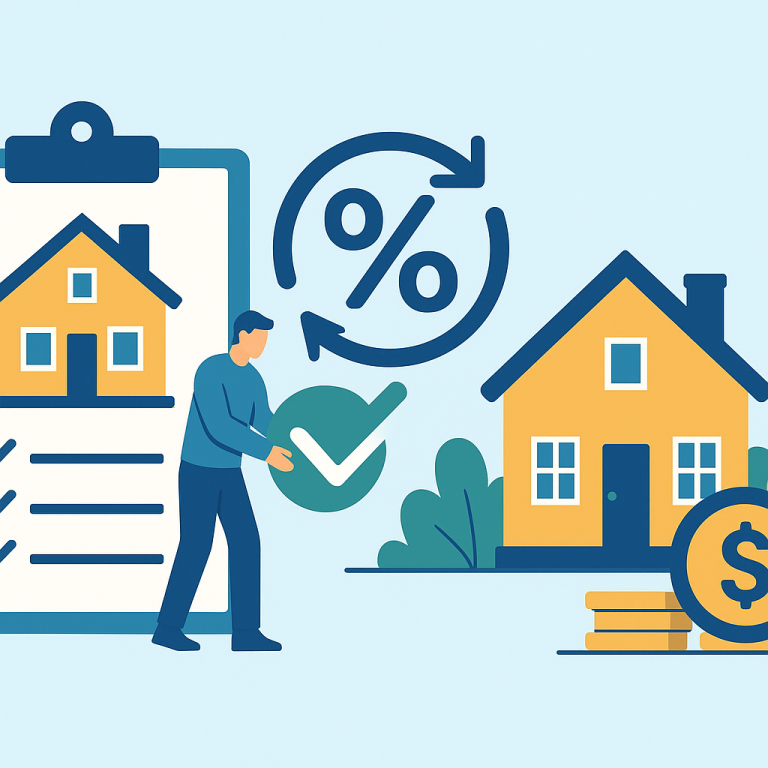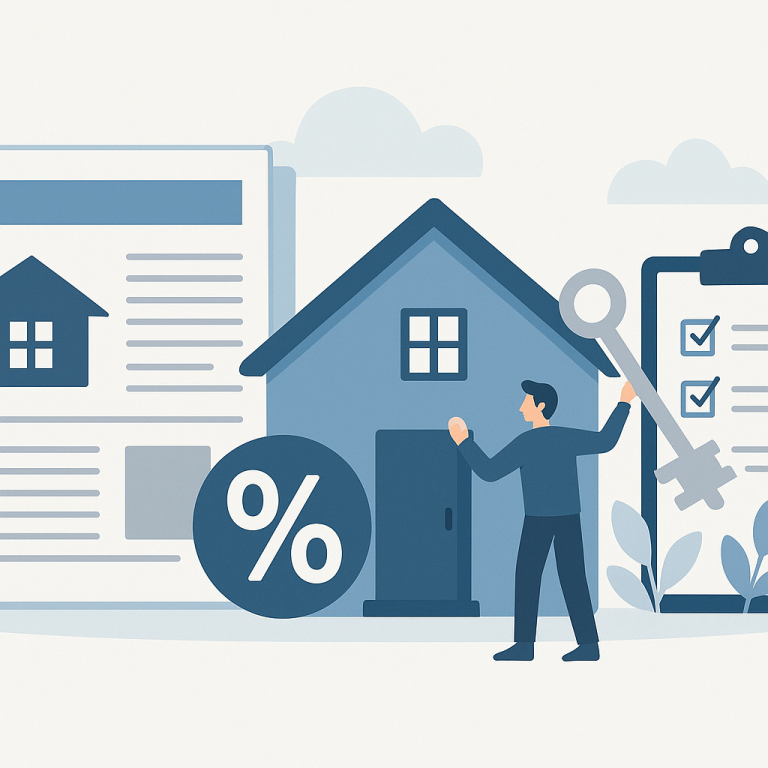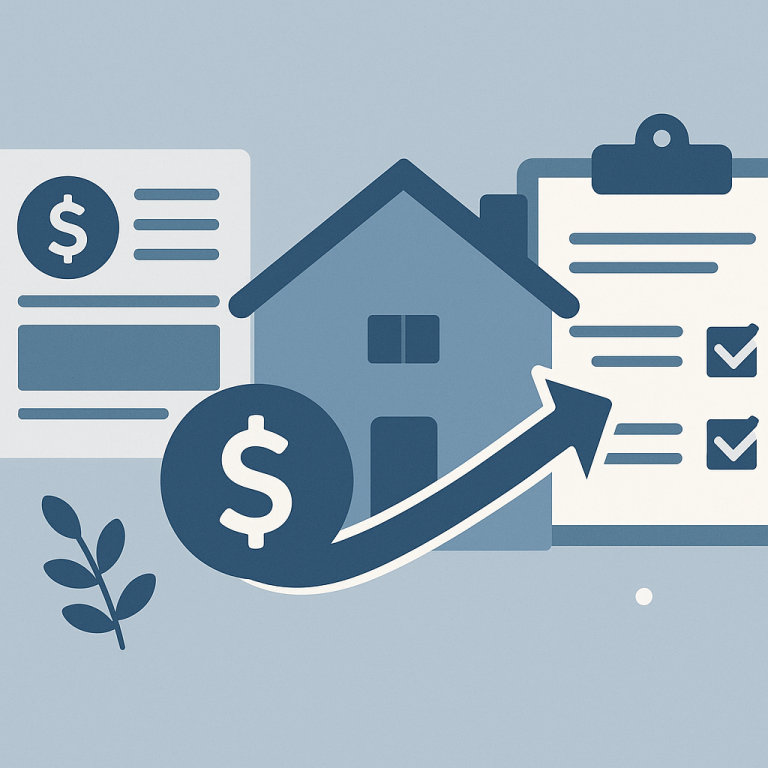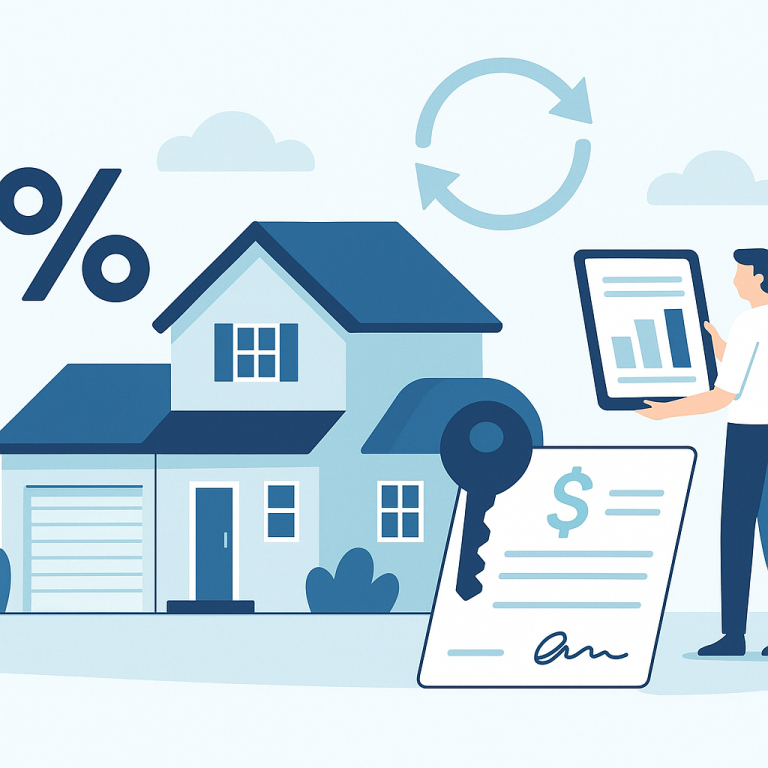Refinance guide high-balance conforming refinance vs jumbo
High-Balance Conforming Refinance vs Jumbo: What It Is and When It Makes Sense
A refinance replaces your existing mortgage with a new loan to change the interest rate, loan term, or convert equity into cash. Two common categories for higher-balance loans are high-balance conforming and jumbo. High-balance conforming loans are still eligible for purchase by Fannie Mae and Freddie Mac because they fall within the higher, county-specific conforming limits set by the Federal Housing Finance Agency (FHFA). Jumbo loans exceed the local conforming limit and must be held by private investors or banks.
When it makes sense: consider a high-balance conforming refinance if your loan amount sits under the county’s conforming cap and you want the underwriting flexibility, lower rates, or fewer reserves associated with agency-backed loans. A jumbo refinance may be necessary if your outstanding balance is above that cap, or if you need a larger cash-out than conforming program limits allow.
Benefits and Drawbacks
High-Balance Conforming
- Benefits:
- Generally lower interest rates than jumbos because of agency backing.
- Simpler underwriting and more standardized requirements (credit, DTI, documentation).
- Greater liquidity in the secondary market — often more lender options.
- Drawbacks:
- Loan amount still subject to FHFA county limits — you may not be able to refinance above that threshold.
- Some program restrictions on cash-out amounts and investor overlays can apply.
Jumbo
- Benefits:
- Enables refinance for balances higher than the conforming cap.
- Flexible product options for high net-worth borrowers and unique property types.
- May accept interest-only or longer-term structures in some cases.
- Drawbacks:
- Typically higher interest rates and mortgage rates that vary more between lenders.
- Stricter underwriting: higher credit scores, lower DTI, larger cash reserves required.
- Less secondary market liquidity—fewer standardized programs and more lender discretion.
Costs and Fees
Both refinance types incur typical closing costs: origination fees, appraisal, title insurance, recording fees, and third-party costs (e.g., credit reports, flood certification). Important differences to watch:
- Interest rate spread: Jumbos often carry a premium over conforming rates—shop lenders for best pricing.
- Appraisal complexity: Jumbos and higher-balance homes may need more detailed appraisals or multiple comps, increasing appraisal fees.
- Reserves and escrow requirements: Jumbos frequently require several months’ to a year’s worth of mortgage payments held as reserves.
- Points and lender fees: Higher-balance loans sometimes have larger points or loan-level pricing adjustments that impact the total cost.
Step-by-Step Refinance Process
- Review your loan size vs local conforming limit: Confirm whether your balance is high-balance conforming or a jumbo in your county.
- Gather documentation: Pay stubs, tax returns, bank statements, current mortgage statement, homeowner’s insurance, and any rental agreements if applicable.
- Shop lenders and get prequalified: Compare rate quotes, APR, lender fees, reserve requirements, and underwriting overlays for both high-balance conforming and jumbo options.
- Choose product and lock rate: After comparing, select the product that meets your goals (rate/term vs cash-out) and lock the rate if you’re ready.
- Appraisal and title work: Lender orders appraisal and title search; be prepared for additional questions or value challenges on high-value homes.
- Underwriting and conditions: Provide any requested documents promptly. For jumbos, expect more verification of income, assets, and reserves.
- Closing: Review closing disclosure for final costs, sign loan documents, and ensure payoff of existing mortgage. Funds are disbursed and new loan is recorded.
Common Pitfalls to Avoid
- Assuming your rate will be lower automatically: Jumbos can cost more even if your home value is high. Always compare APR and total closing costs.
- Not checking county limits: High-balance conforming eligibility depends on the county; don’t assume your loan is conforming without verification.
- Ignoring reserve requirements: Failing to account for required cash reserves on jumbos can lead to denial or higher costs.
- Making large financial moves during the process: New debt, job changes, or large deposits without documentation can derail underwriting.
- Skipping multiple lender quotes: Pricing and overlays vary widely—get quotes from several lenders, including those that specialize in jumbo loans.
- Underestimating appraisal risk: High-value properties or unique homes may appraise low, limiting refinance options or forcing additional out-of-pocket funds.
Short FAQ
Q: Can I refinance a jumbo into a high-balance conforming loan?
A: Yes—if your outstanding balance is at or below the county’s conforming limit after considering payoff and any fees, you may be able to move from a jumbo to a high-balance conforming loan. This can lower rates and reduce reserve requirements, but you must meet agency eligibility and documentation rules.
Q: How much equity do I need to refinance?
A: Equity requirements vary by program and lender. For rate-and-term refinances, many high-balance conforming loans allow up to 80–90% loan-to-value, while jumbos often require more equity (lower LTV) and may ask for 10–20% or larger reserves—check specific lender guidelines.
Q: Are interest rates always higher on jumbos?
A: Not always, but typically jumbos have a rate premium relative to conforming loans because they lack government-sponsored enterprise backing. The differential fluctuates with market conditions and lender competition—compare multiple offers.
Q: How long does a refinance take?
A: Most refinances close in 30–45 days, but jumbos and high-value loans may take longer due to complex appraisals and additional documentation. Faster closings are possible if your paperwork is complete and the lender is efficient.
Choosing between a high-balance conforming refinance and a jumbo depends on your loan amount, credit profile, cash reserves, and goals. Verify your county conforming limit, compare full costs (not just rates), and consult lenders who handle both products to find the best fit for your situation.
META: topic=high-balance conforming vs jumbo refinance; audience=homeowners; wordcount~1000; tags=refinance, mortgage, jumbo, conforming, high-balance






